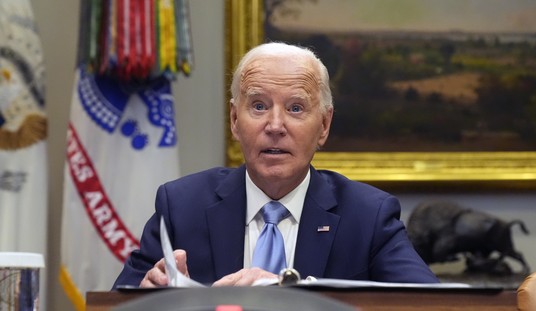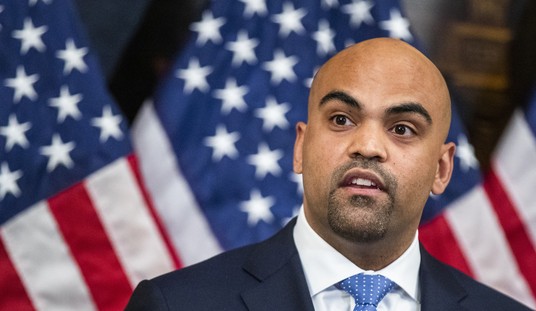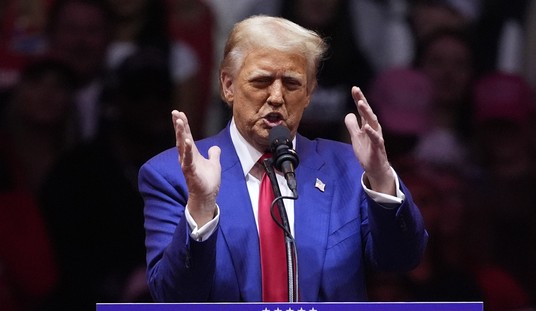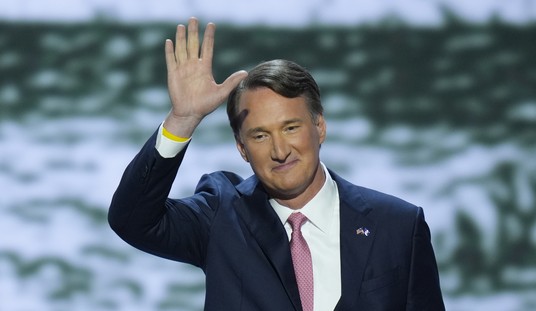A patient with metastatic prostate cancer tried to kill himself after he could not get the medication he was prescribed for bone pain because a suspicious pharmacist called his insurer, which denied coverage. Barbara McAneny, the president of the American Medical Association, commented, "I share the nation's concern that more than 100 people a day die of an overdose," she said. "But my patient nearly died of an underdose."
McAneny was talking about the suffering caused by government pressure to reduce opioid prescriptions, which has led to denials of treatment and arbitrary dose reductions across the country. A Medicare rule that take effect on Jan. 1 will compound that problem, even as it becomes increasingly clear that the "opioid crisis" is driven by consumption of illicitly produced drugs rather than prescribed medication.
Last April, the Centers for Medicare & Medicaid Services noted that a proposed rule requiring insurer approval for prescriptions totaling 90 morphine milligram equivalents or more per day "was strongly opposed by nearly all stakeholder groups." Physicians "opposed the forcible/non-consensual dose reductions due to the risks for patients of abrupt discontinuation and rapid taper of high dose opioid use," the CMS said, while patients with chronic pain who have been functioning well on opioids for years "are afraid of being forced to abruptly reduce or discontinue their medication regimens with sometimes extremely adverse outcomes, including depression, loss of function, quality of life, and suicide."
In response to the backlash, CMS changed the rule to require consultation between pharmacists and prescribers instead of approval by insurers. But in practice, the new requirement will further discourage prescriptions at or above 90 MME, even when they are medically justified.
The 90 MME limit, which comes from the opioid prescribing guidelines published by the Centers for Disease Control and Prevention in 2016, ignores numerous factors that affect how a patient responds to a given dose of a particular opioid. Those include obvious considerations such as the patient's weight, treatment history and pain intensity, as well as subtler ones such as interactions with other drugs and genetically determined differences in enzyme production and opioid receptors.
Recommended
The newly required discussion between the pharmacist and the physician may be hard to arrange, especially if a patient is trying to fill a prescription after office hours or when the doctor is busy. "If it takes a day or two to get that prescription approved," says clinical pharmacist Jeffrey Fudin, "that patient may go through withdrawal."
Lynn Webster, a former president of the American Academy of Pain Medicine, says the rule is bound to affect prescribing practices. "This is such a hassle for both the prescriber and for the pharmacist," he says, that some doctors will "just keep the patients below 90."
The new requirement "places the physician and the pharmacist in a confrontational position," Webster says, "and the patient is going to be the real loser." He worries that doctors will "basically abandon the patient's needs."
Last month, the AMA approved a resolution condemning the "misapplication" of the CDC guidelines "by pharmacists, health insurers, pharmacy benefit managers, legislatures, and governmental and private regulatory bodies in ways that prevent or limit access to opioid analgesia." This month, a commentary in the journal Pain Medicine, signed by more than 100 pain and opioid experts, likewise warned that "nonconsensual tapering policies" can result in "severe opioid withdrawal accompanied by worsening pain and profound loss of function," which may drive patients into the black market or make them "acutely suicidal."
Opioid prescriptions, measured by total MME sold, have fallen by a third since 2010, while opioid-related deaths have more than doubled. Instead of reducing deaths involving opioids, the crackdown on pain pills has pushed nonmedical users toward black-market substitutes, which are much more dangerous because their potency is highly variable and unpredictable.
The Trump administration wants to cut opioid prescriptions by another third in the next three years. What could go wrong? We already know.

























Join the conversation as a VIP Member